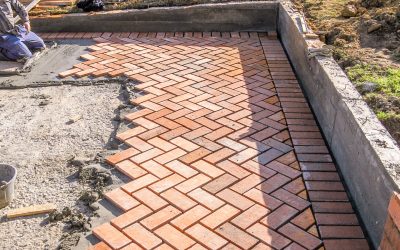When anything needs to be attached or hung securely from drywall or plaster, the weight of the object creates a problem for traditional types of hooks and hangers. Straight nails, screws or other fasteners will work if the fastener can penetrate the drywall and into a stud to provide the support and weight bearing ability needed to hold the object.
Without this solid weight bearing back, the drywall will crumble under the nail or screw and, eventually, result in the failure of the fastener. To offset this, a toggle anchor, which may also be called a butterfly anchor or a toggle bolt can be used. This same type of fastener can be used on any hollow wall including paneling.
For construction and renovations, these same toggle anchor fasteners can be used to hang items from ceilings. This is ideal when positioning is essential for a room design, and there are no beams in the area where the item is to be mounted.
The Basics
A drywall toggle anchor or simply a toggle is most often used for heavier items as they offer greater weight capacity and strength.
They are typically made of steel, but they can be made of other alloys as well. There are different lengths of bolts, but keep in mind it is the spread of the “wings” or the toggle that will provide the strength.
For installation, the wings are folded up against the bolt, and a hole is drilled in the wall at the desired location for the anchor. Insert the base of the anchor until the toggle part is fully inside the wall, where it will spring open. Then, all that is left to do is to attach the hooks or hangers and tighten up the bolt.
This will pull the toggle firmly against the inside surface of the drywall, panel or plaster, providing a secure attachment on the front that won’t pull through.



